Balance Sheet Items
Main Line Items
Caena
Last Update 4 years ago
Balance Sheet
A balance sheet is a financial statement that reports a company's assets, liabilities and shareholders' equity at a specific point in time, and provides a basis for computing rates of return and evaluating its capital structure. It provides a quick snapshot of what a company owns and owes, as well as the amount invested by shareholders at a certain point of time.
The balance sheet follows the following equation:
Assets = Shareholders Equity + Liabilities
Asset
An asset is a resource with economic value that an individual, corporation, or country owns or controls with the expectation that it will provide a future benefit. Assets are divided into current assets, which can be converted to cash in one year or less; and non-current or long-term assets, which cannot.
Liabilities
Liabilities are the money that a company owes to outside parties, it can come in the form of bills that have to be paid to suppliers, interest on bonds it has issued to creditors, rent, utilities and salaries. Current liabilities are those that are due within one year and are listed in order of their due date. Long-term liabilities are due at any point after one year.
Shareholders' Equity
Shareholders' equity is the money attributable to a business' owners, meaning its shareholders.
Some of the common line items found on a typical balance sheet are listed below:
Accounts Receivable (AR)
Accounts receivable (AR) is the balance of money due to a firm for goods or services delivered or used but not yet paid for by customers. Accounts receivables are listed on the balance sheet as a current asset.
Accounts Payable (AP)
Accounts payable (AP) is an account within the general ledger that represents a company's obligation to pay off a short-term debt to its creditors or suppliers. It is listed on the balance sheet under the current liabilities section.
Capital Expenditures (CapEx)
Capital expenditures (CapEx) are funds used by a company to acquire, upgrade, and maintain physical assets such as property, plants, buildings, technology, or equipment. CapEx is often used to undertake new projects or investments by a company.
Cash and Cash Equivalents (CCE)
Cash and cash equivalents refers to the line item on the balance sheet that reports the value of a company's assets that are cash or can be converted into cash immediately.
Cash equivalents include bank accounts and marketable securities, which are debt securities with maturities of less than 90 days. However, oftentimes cash equivalents do not include equity or stock holdings because they can fluctuate in value.
Inventory
Inventory is the term for the goods available for sale and raw materials used to produce goods available for sale. Inventory represents one of the most important assets of a business because the turnover of inventory represents one of the primary sources of revenue generation and subsequent earnings for the company's shareholders.
Noncontrolling Interest
A non-controlling interest, also known as a minority interest, is an ownership position wherein a shareholder owns less than 50% of outstanding shares and has no control over decisions. Non-controlling interests are measured at the net asset value of entities and do not account for potential voting rights.
Preferred Stock
The term "stock" refers to ownership or equity in a firm. There are two types of equity—common stock and preferred stock. Preferred stockholders have a higher claim to dividends or asset distribution than common stockholders. Unlike common stockholders, preferred stockholders have limited rights which usually does not include voting.

